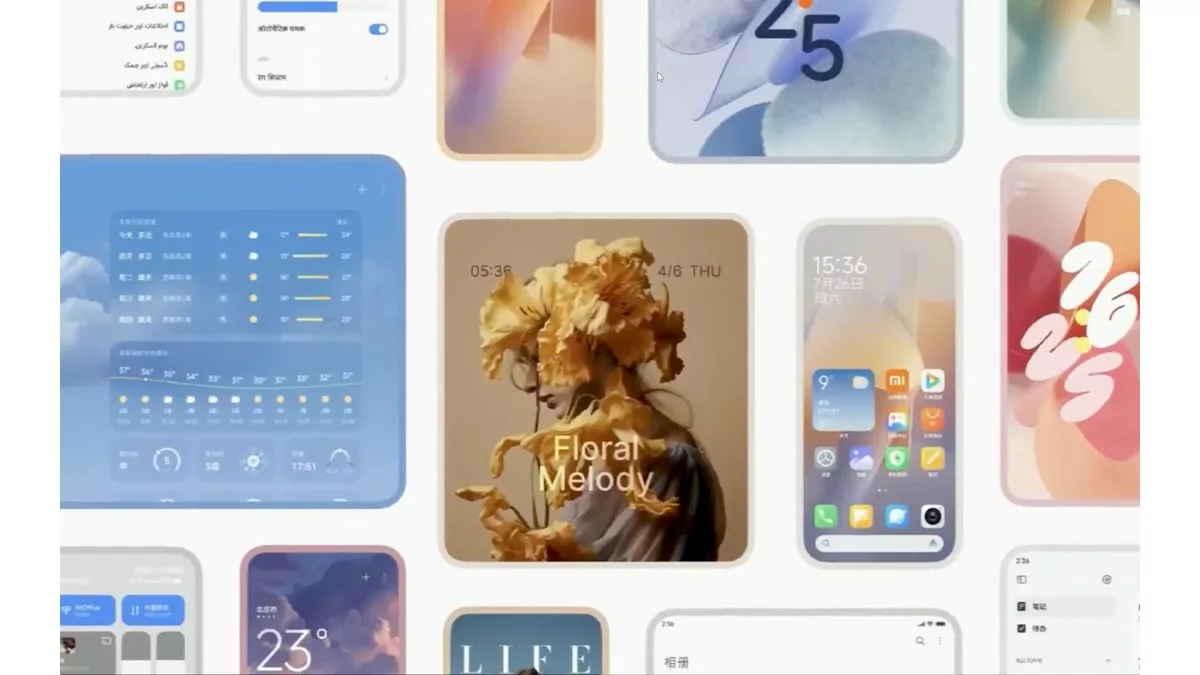You receive an email with a Facebook name or image and you don’t know if it’s a phishing message or a real email from the social media? There’s a way to find out in your Facebook account settings. We’ll explain how to do it via a computer or mobile device.

Unfortunately, phishing attempts are common in our email accounts, where people try to extract personal information from us, and of course sometimes money.
Why am I receiving phishing emails from Facebook?
One of hackers’ favorite hacking tools is Facebook. It’s a perfectly natural thing to do after all. There are billions of us on social media. It’s hard to find a bigger pool to fish in!
Thus, Facebook is an excellent storehouse from which not only can personal data like our email addresses, birth dates or phone numbers be extracted, but it also allows them to spread viruses and malware.
Even if our Facebook account is hacked, hackers try to infect our friends by posting on our behalf or sending Messenger messages.
How does phishing work?
The principle is simple in phishing and getting our username and password in order to access our Facebook account.
We receive an email that is supposedly sent by Facebook to tell us, for example, that our password has been changed or that someone has tried to connect to our account and that we should check it by clicking on a suspicious link that is actually malicious.
However, it is not impossible for Facebook to send us a real email and for us to automatically delete it, since we do not trust phishing emails.
To be clear about the authenticity of an email from Facebook, there is a way to see in our account settings if Facebook has actually sent us an email.
Learn how to tell if you've received a real email from Facebook or if it's a phishing email.
How do you know if you have been phished?
Do you receive an email from Facebook and want to know from your computer whether it is a real email or a phishing email? To have a heart you must:
- Log in to your account
- Click on their profile picture in the upper right corner.
- Enter Settings & Privacy
- Click Settings
- Select the section Account Center
- Click on the tab: Password and Security
- Enter: Recent Emails
- Select your Facebook account
- View a list of the most recent emails we've received.

From this page, we can see the emails that Facebook has sent us recently.
If the email we received in our email inbox is not found on the Facebook Security page, it is not a real email from Facebook.
You can then delete the fake email or move it to Canadian Anti-Fraud Centre.
How do you know if you are being phished via mobile device?
Do you receive an email from Facebook and want to know if it is a real email or a phishing email from a smartphone or tablet? To have a heart you should:
- Open the app FB
- Log in to your account
- Click on three horizontal bars
- Scroll all the way down.
- Enter Settings & Privacy
- Click on Settings
- Select section: Accounts area
- Click on the tab: Password and Security
- Go to option: Recent Emails
- Select your Facebook account
- View a list of the most recent emails we've received.

In the window that opens, you can see whether you have received an email from Facebook or not.
If the email we received in our email inbox is not found on this Facebook security page, it is because it is not a real email from Facebook.
Delete or forward the fake email to: Canadian Anti-Fraud Centre Then there are two options to consider.
[email protected] True or False?
Another way to avoid clicking on a suspicious link in a Facebook email is to verify the sender's email address.
This is a question we should always ask ourselves when we wonder if an email we receive is real or fake!
If you are sending an email from Facebook, it must be sent to an address ending in @facebookmail.com or @metamail.com.
If there is an email regarding the security of our Facebook account, it will be sent to the email address: [email protected].
What is the difference between spam and phishing?
There is a difference between spam emails and phishing emails, although some people sometimes find it difficult to tell the difference between them.
Unsolicited email, commonly called spam, is not automatically an email that contains a suspicious link or seeks to infect us with a virus.
As the name suggests, it's spam… Depending on your notification settings, you can receive emails from Facebook for 1001 reasons.
New comments, event reminders, friend invitations, you may be bombarded with emails if you don't deactivate email notifications.
In short, these emails may look like spam, but they are not phishing emails.

“Web fanatic. Travel scholar. Certified music evangelist. Coffee expert. Unapologetic internet guru. Beer nerd.”





